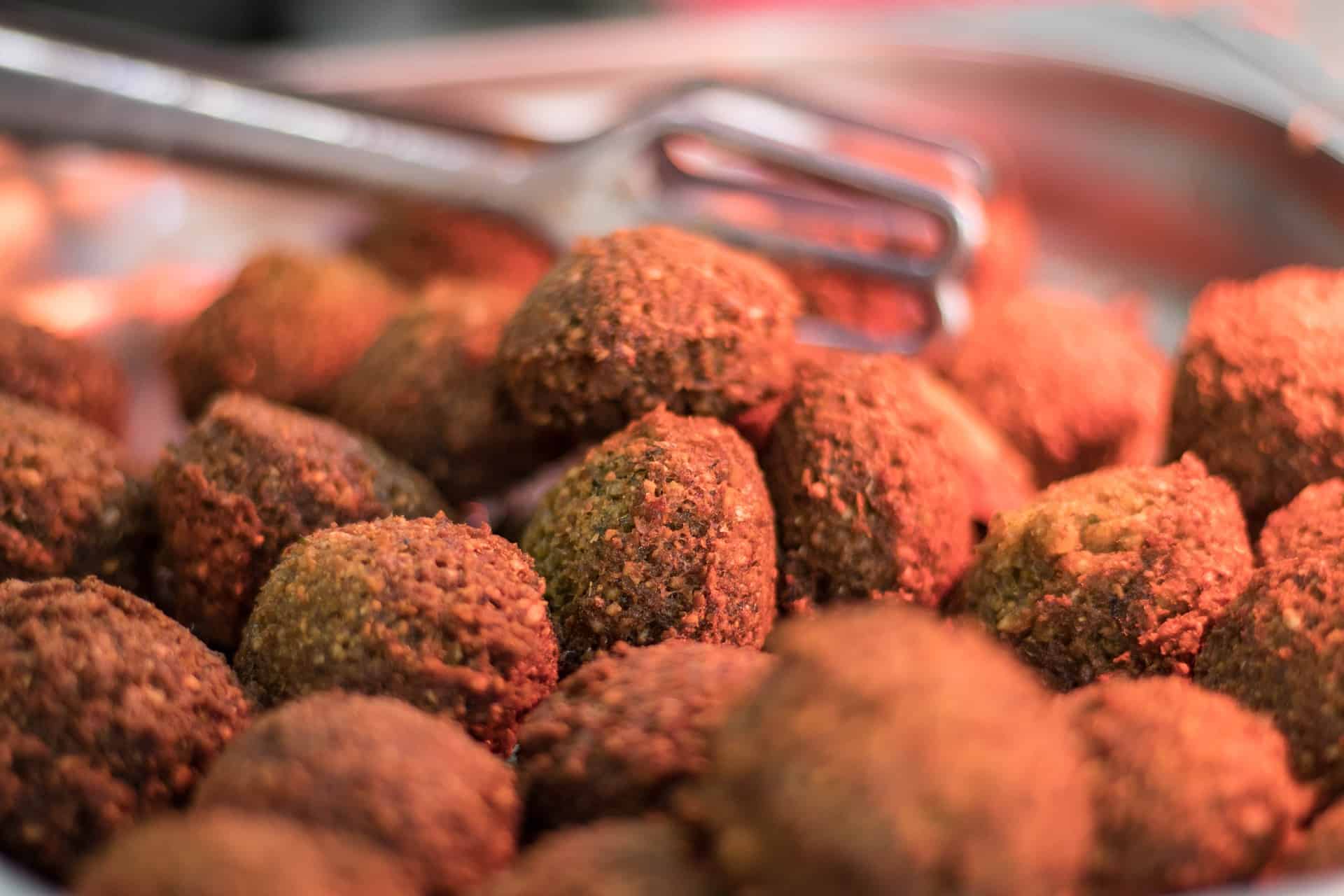Israeli cuisine is, by its very nature, a cuisine composed of juxtapositions and contradictions. A cuisine from a state that was only born a little over 60 years ago, a state that quickly became home to people of different backgrounds, languages, cultures and foods. How can one get to the root of this cuisine, and what can we expect now that the spotlight has been turned to it?
The History Of Israeli Cuisine
Israeli cuisine is composed of several different elements. The region itself is, of course, strongly influenced by the food in surrounding countries, such as north African countries like Morocco, Tunisia and Egypt, as well as nearby Syria, Lebanon and Jordan. But it was also strongly influenced by the Ashkenazi Jews who flocked to Israel in the 50s and 60s, people who brought with them an array of recipes from their Old World homes.
Israeli culinary culture was long defined by the country’s relative poverty: dishes that immigrants wanted to make were further defined and modified due to what was available in Israel. Beef and veal, for example, were difficult to come by, as the space needed for large ruminants was not available in the small state. As a result, Israeli cuisine created recipes like turkey schnitzel, a vestige of veal schnitzels from Europe. It wasn’t until much later that influences from surrounding countries brought Arab influences to the national cuisine; today, falafel, a Syrian and Egyptian invention, is the most beloved dish in all of Israel.

One of the most intriguing imports into Israeli cuisine is strudel, the popular Austro-Hungarian pastry. Jews from this region brought strudel to Israel, where it became so famous that the word strudel is now used not only for the pastry but also for the @ symbol in Hebrew.
Israel’s culinary culture is relatively young, like the state itself, but its history stretches back far further than the history of Israel itself.
The Future of Israeli Cuisine
The evolution that Roger noticed when he was exploring Israeli cuisine is still occurring — it’s perhaps one of the most exciting culinary landscapes to discover today.
Some elements of the evolution of Israeli cuisine have to do with individual dishes.
“Take kubaneh, a traditional Yemeni shabbat bread, for example,” Roger says. “I first had it at writer, publisher, TV personality Gil Hovav’s home for shabbat lunch. He’s of Yemeni origin. It was delicious: almost burned on the bottom, crunchy on the outside, chewy inside. At Meir Adoni’s very popular Mizlala in Tel Aviv, he serves a kubaneh that’s rich and buttery like a brioche.”
The same dish can be approached in hundreds of different ways, thanks to the background and tastes of the person preparing it.
And Israeli cuisine is now no longer contained just to Israel. New Israeli restaurants are opening all over the world, and chefs like Yotam Ottolenghi are bringing Israeli food to the masses. The most vegan country in the world boasts a great number of recipes for those jumping on the trend of reducing or excluding meat and animal products from their diets.

Jessica Festa is the editor of the travel sites Jessie on a Journey (http://jessieonajourney.com) and Epicure & Culture (http://epicureandculture.com). Along with blogging at We Blog The World, her byline has appeared in publications like Huffington Post, Gadling, Fodor’s, Travel + Escape, Matador, Viator, The Culture-Ist and many others. After getting her BA/MA in Communication from the State University of New York at Albany, she realized she wasn’t really to stop backpacking and made travel her full time job. Some of her most memorable experiences include studying abroad in Sydney, teaching English in Thailand, doing orphanage work in Ghana, hiking her way through South America and traveling solo through Europe. She has a passion for backpacking, adventure, hiking, wine and getting off the beaten path.








